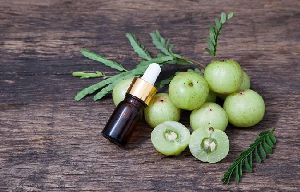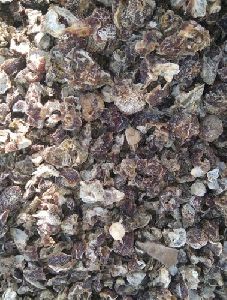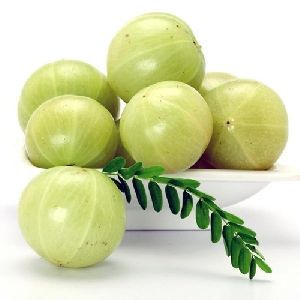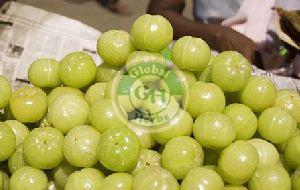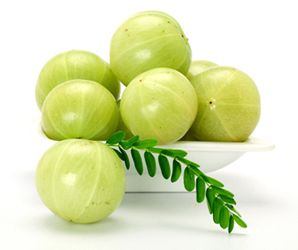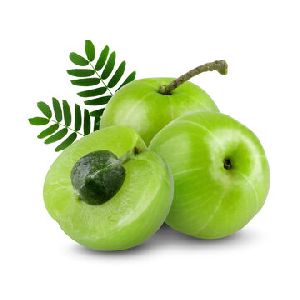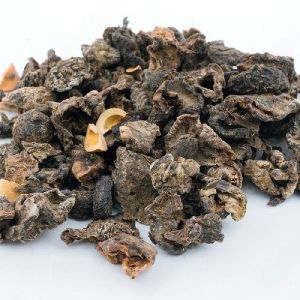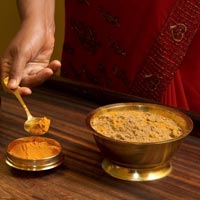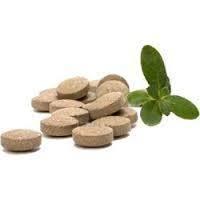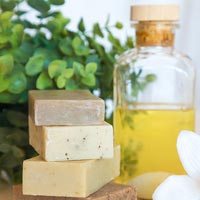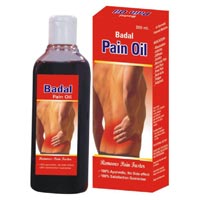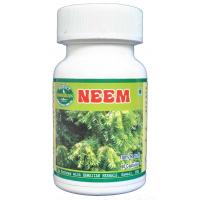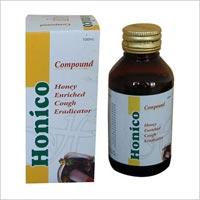Listing ID #98366
Company Information
Ask for more detail from the seller
Contact SupplierThe company brings in the finest quality of amla fruit. Sourced from the river beds of Cauvery and river Vasista, they are reckoned as one of the most nutrition rich herbal fruits. Amla is remarkable for versatile use in various domestic as well as industrial applications. Our medicinal amla is used as raw materials for diverse kinds of herbal and ayurvedic medicines. It is rich in organic contents and thus is absolutely safe to consume in any form without any side effects. When it comes to the wholesale amla sellers in the market, we are the name to reckon with. Moreover, we are one of the principal amla powder manufacturers and suppliers in India.
The Indian gooseberry (Phyllanthus emblica, syn. Emblica officinalis) is a deciduous tree of the Euphorbiaceae family. It is known for its edible fruit of the same name.
Common names of this tree include amalaka in Sanskrit, amla (आँवला) in Hindi, Nellikai in Tamil , amlaki in Bengali, and amala in Nepal Bhasa.
Plant Anatomy
The tree is small to medium sized, reaching 8 to 18 m in height, with crooked trunk and spreading branches. The branchlets are glabrous or finely pubescent, 10-20 cm long, usually deciduous; the leaves simple, subsessile and closely set along branchlets, light green, resembling pinnate leaves.The flowers are greenish-yellow. The fruit is nearly spherical, light greenish yellow, quite smooth and hard on appearance, with 6 vertical stripes or furrows. Ripening in autumn, the berries are harvested by hand after climbing to upper branches bearing the fruits.The taste of Indian gooseberry is sour, bitter and astringent, and is quite fibrous. In India, it is common to eat gooseberries, steeped in salt water and turmeric, to make the sour fruits palatable.
Medical Research
Indian gooseberry has undergone preliminary research, demonstrating in vitro antiviral and antimicrobial properties.Experimental preparations of leaves, bark or fruit have shown potential efficacy against laboratory models of disease, such as for inflammation, cancer, age-related renal disease, and diabetes.
A human pilot study demonstrated reduction of blood cholesterol levels in both normal and hypercholesterolemic men.
Although fruits are reputed to contain high amounts of ascorbic acid (vitamin C), 445 mg100g,the specific contents are disputed and the overall antioxidant strength of amla may derive instead from its high density of tannins and other polyphenols.The fruit also contains flavonoids, kaempferol, ellagic acid and gallic acid.
Traditional Uses
In folk medicine, dried and fresh fruits of the plant are used. All parts of the plant are used in various Ayurvedic herbal preparations, including the fruit, seed, leaves, root, bark and flowers.According to Ayurveda, amla fruit is sour (amla) and astringent (kashaya) in taste (rasa), with sweet (madhura), bitter (tikta) and pungent (katu) secondary tastes (anurasas).Its qualities (gunas) are light (laghu) and dry (ruksha), the post-digestive effect (vipaka) is sweet (madhura), and its energy (virya) is cooling (shita).
According to Ayurveda, amla is specific to pitta due to its sweet taste and cooling energy.However, amla is thought to balance vata by virtue of its sour taste, and kapha due to its astringent taste and drying action. It may be used as a rasayana (rejuvenative]] to promote longevity, and traditionally to enhance digestion (dipanapachana), treat constipation (anuloma), reduce fever (jvaraghna), purify the blood (raktaprasadana), reduce cough (kasahara), alleviate asthma (svasahara), strengthen the heart (hrdaya), benefit the eyes (chakshushya), stimulate hair growth (romasanjana), enliven the body (jivaniya), and enhance intellect (medhya).
In Ayurvedic polyherbal formulations, Indian gooseberry is a common constituent, and most notably is the primary ingredient in an ancient herbal rasayana called Chyawanprash.This formula, which contains 43 herbal ingredients as well as clarified butter, sesame oil, sugar cane juice, and honey, was first mentioned in the Charaka Samhita as a premier rasayana or rejuvenative compound.
Popularly used in inks, shampoos and hair oils, the high tannin content of Indian gooseberry fruit serves as a mordant for fixing dyes in fabrics. Amla shampoos and hair oil are traditionally believed to nourish the hair and scalp and prevent premature grey hair.[citation needed]
In Hinduism, amla is regarded as a sacred tree worshipped as Mother Earth.


